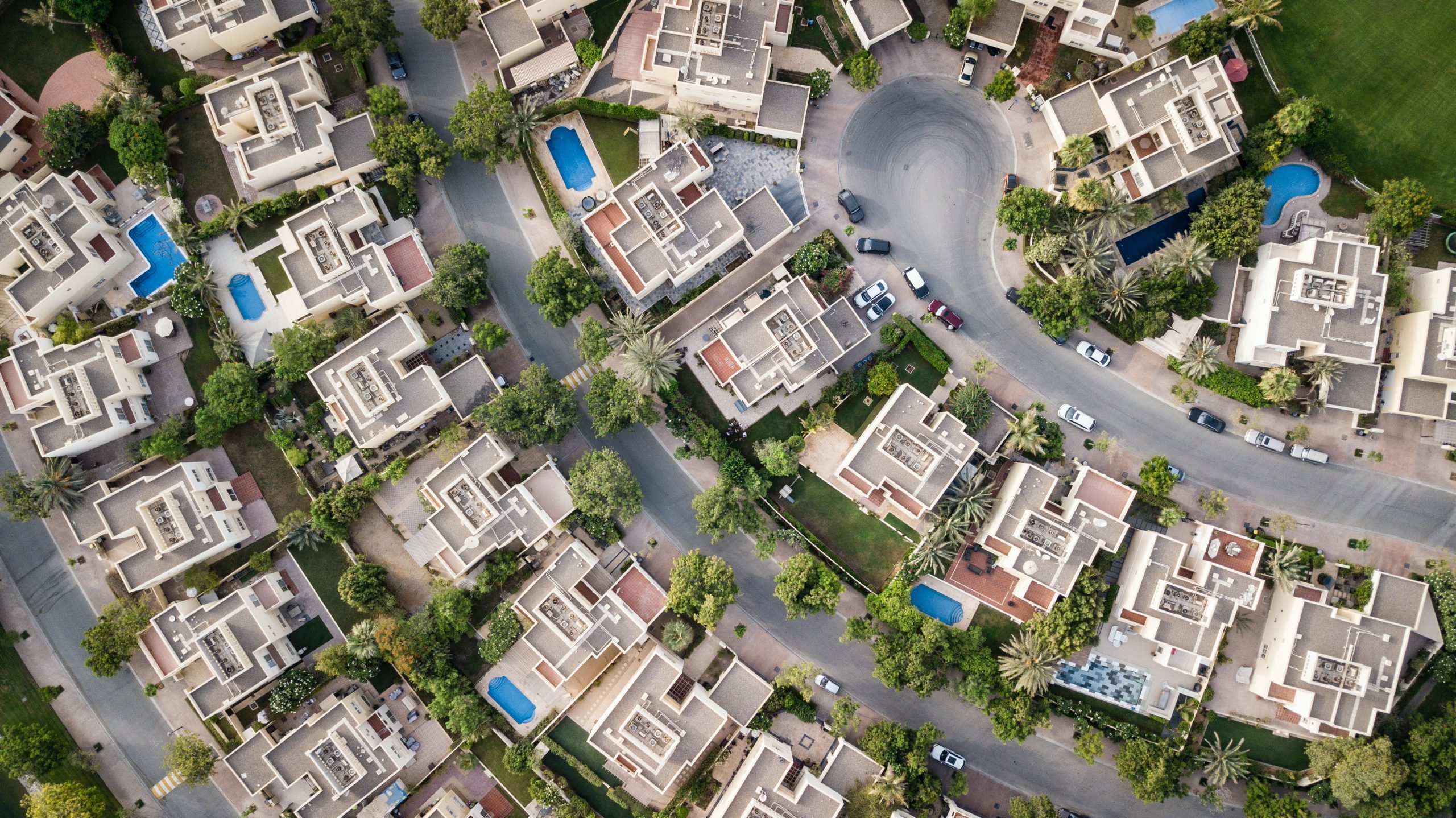Prime residential market resilience was highlighted during the second half of 2020, with the Savills World Cities Prime Residential Index recording an average capital value increase of 0.8% for the cities in the index at a time when global GDP is recovering from the impact of Covid-19 and subsequent lockdowns.
The capital value growth recorded in the second half of 2020 was enough to more than offset the 0.3% decline seen in the first half of the year, leaving annual growth at +0.5% for 2020. This turnaround coincided with activity returning to residential markets around the world as lockdown measures were loosened.
Bolstered by stimulus measures, low interest rates and demand for properties with more space, many residential markets experienced a robust recovery in demand. Some of the strongest performers over the last year were cities where effective management of the virus allowed economic activity to be comparatively less impacted in the past year. Supply and demand dynamics, however, also remained an ever-important driver.

The prime rental market on average fared worse during 2020 compared with the purchaser market. Demand for prime residential rental properties is often more international and from corporate tenants. Travel restrictions have hindered these sources of demand. A fall in tourism has also led to many rental properties that were previously on the short-let market added to supply. Yields have, however, held relatively steady. The average gross yield for the index stood at 3.1% as of December 2020, down marginally from 3.2% a year prior.
The uncertainty for 2021 does however remain. The general sentiment is however improving as the Covid-19 vaccines are being rolled out. The Savills residential forecasts for the 30 cities in Savills World Cities Prime Residential Index highlight the stability of prime residential property. Regardless of the uncertainty, prime residential property is expected to remain active, with average capital value growth for the cities in the index being forecast at 1.6% for 2021.
Many of the factors which helped drive prime residential markets in the second half of 2020 are expected to continue to do so through 2021. Drivers of the prime residential markets in the second half of 2020 are forecast to retain relevance in 2021. These include the desire for more space and low levels of supply in some locations. Historically low interest rates, which are expected to remain low for some time, also make the sector attractive for wealth preservation.
These factors, and the sector’s strong fundamentals, mean positive price growth is expected in 19 cities in 2021, compared with nine that are expected to see small price falls. Prime rental growth potential is likely to remain limited for many cities while travel restrictions are still in place. But with the rollout of multiple vaccines, a resumption of international mobility could occur in the not too distant future. This could help once again drive rental growth and hence yield potential. The long-term implications of Covid-19, and what this means for the way in which people live and work, are still uncertain. That said, the attractiveness of the prime residential sector is likely to remain strong in 2021 and beyond.
Interested in more information? Read the full article
Looking for a residential property in Cyprus? Contact Us
Source: Savills Research: A Year of Change
